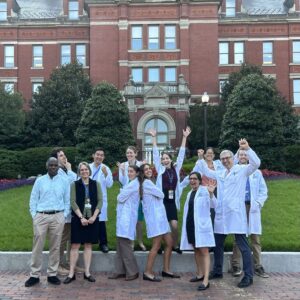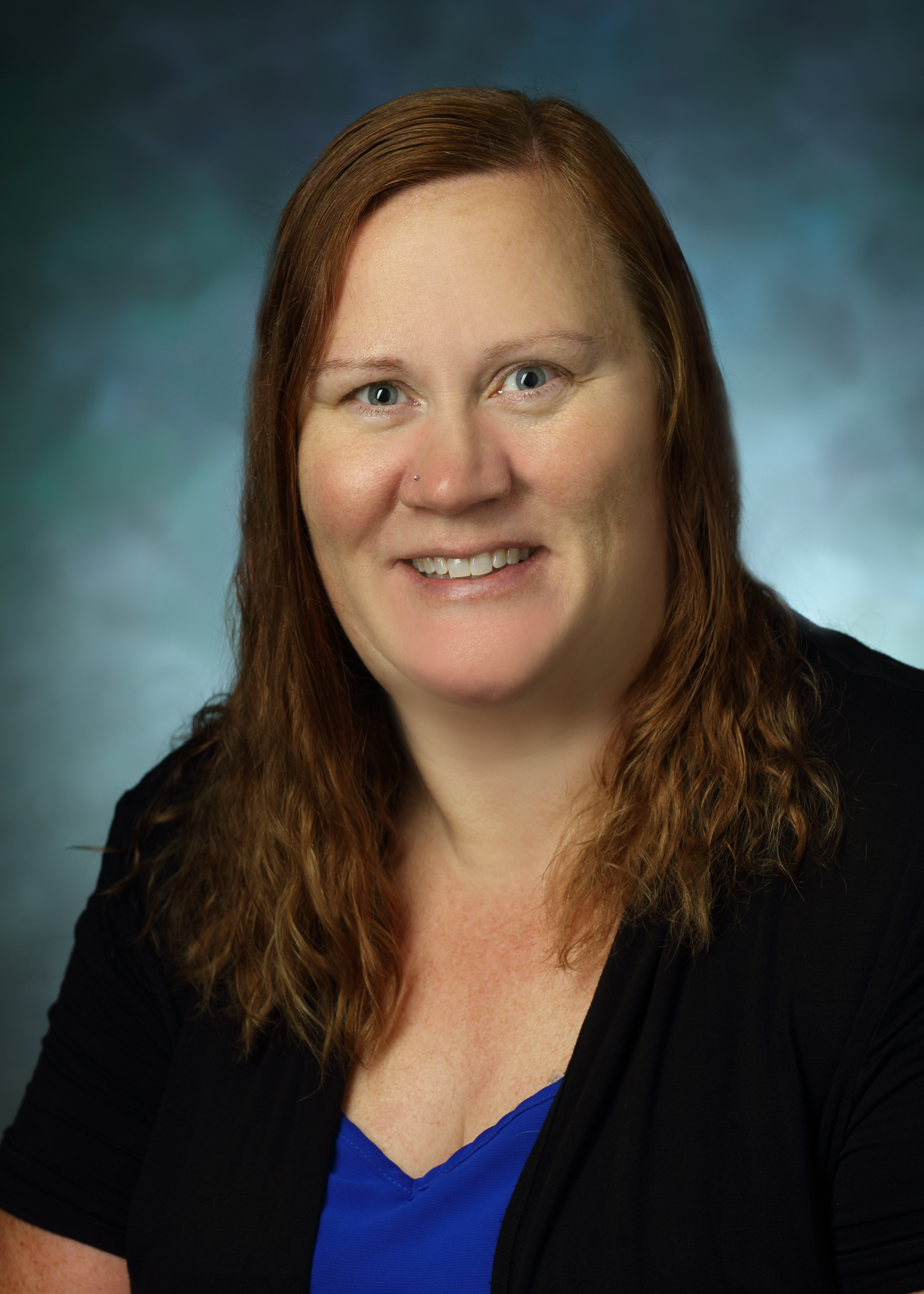
Fellowship Outline
Year 1 – Clinical
First year fellows rotate on each of the following 6 rotations, with the majority of the year (approximately 8-9 months) spent on the consult services. Each consult service has a parallel attending-only team in addition to the fellow team; this allows for an optimal balance between service and education for our fellows.
- The Johns Hopkins Hospital ID Consult Service: This team consists of two fellows and an attending. While on this service, fellows obtain experience managing complex ID problems including surgical, medical, sub-specialty and obstetric patients. As Johns Hopkins Hospital (JHH) is a large tertiary care center that serves the local, national, and global community, the diversity of encountered clinical challenges is exceptional.
- The Johns Hopkins Bayview Medical Center ID Consult Service: Bayview serves a different catchment area of Baltimore City than JHH, This enriches the range of clinical education opportunities for our fellows and, perhaps provides greater exposure to “bread and butter” ID problems. The team includes one fellow and an attending.
- The Transplant/Oncology Infectious Diseases Consult Service: This service is based at the JHH and provides ID care for patients with oncologic /hematologic malignancies, solid organ transplants and bone marrow transplants. The team consists of one to two fellows and an attending with expertise in transplant/oncology ID. Given that our NCI-designated cancer center and solid organ transplant programs are some of the largest in the country, our fellows have an invaluable experience while on this rotation.
- Johns Hopkins AIDS Care Program: This program, run by our Division, includes a large outpatient HIV/AIDS clinic (approximately 3100 patients) located in the Bartlett Specialty Practice and a HIV/AIDS inpatient ward that also may include general infectious disease patients. First year fellows spend 2-6 weeks on this inpatient ward. While assigned to this rotation they serve in a supervisory and teaching role for four internal medicine residents.
- Microbiology Rotation: Each fellow spends two weeks in our on-site microbiology lab. The fellow rounds with the director of the lab (who is also ID trained), rotates through each of the core areas of the lab, and participates in the workup of specimens.
- Subspecialty Outpatient Clinic elective: Each fellow spends two weeks rotating through subspecialty ID clinics. These include, among others, the Sexually Transmitted Diseases Clinic and the Tuberculosis Clinic at the Baltimore City Health Department (both directed by members of our faculty), Viral Hepatitis Clinic and Immunodeficiency Clinic.
Additional aspects of the clinical year include:
Two weeks of research planning time is built into the schedule for each fellow. The first week is typically in July or August and the second in February or March. This protected time permits fellows to meet with program leadership and prospective research mentors in order to begin a dialogue regarding possible research projects (see below); this dialogue continues throughout the year.
General ID Continuity Clinic: First year fellows participate in a general ID continuity outpatient clinic at either our Greenspring Station or Bayview Medical Center locations.
Year II & III – Research
The second and third years are typically devoted to a research under the direct supervision and mentorship of faculty selected by the fellow and approved by our Research Guidance Committee. The purpose of this training is to develop clinical, epidemiologic, or bench research skills for an anticipated career in academic medicine. Provided there is continued fellow commitment and productivity, we do not require fellows to find funding for their salary support for years II and III.
As the Johns Hopkins University includes >1000 faculty members (many of whom direct specialized research), the opportunities for projects are nearly limitless. In order to permit fellows sufficient time to meet our faculty and explore research ideas, we do not require fellows to define their area of research prior to their arrival in Baltimore. Indeed, most of our fellows make these decisions after they get here and learn more about the many options available, including the possibility of co-mentorship with faculty from one of the many other schools at Johns Hopkins, or a different division/department in the School of Medicine.
Most often, a fellow’s primary mentor is a faculty member of either the Infectious Diseases Division, the Department of Molecular Microbiology and Immunology or the Bloomberg School of Public Health. Given the depth of resources of the Johns Hopkins Medical Institutions, however, fellows are encouraged to seek “secondary mentors” as necessary to achieve their chosen research and academic goals.
Fellows are encouraged to pursue additional coursework through the School of Medicine or the Bloomberg School of Public Health (JHBSPH) during the second and third fellowship years. Potential mechanisms to support this additional training include the ID Divisional fellowship Institutional National Research Service Award (T32 grant), the 16 free credits granted to post-doctoral fellows, or by pursuing a doctoral or master’s degree through the JHBSPH Graduate Training Programs in Clinical Investigation.
Clinical responsibilities during the second fellowship year include an HIV continuity clinic in the Bartlett Specialty Practice. Fellows who are interested in HIV care can also continue this clinic during the third year. Inpatient clinical responsibilities during years two and three are limited to weekend coverage (typically no more than eight weekends per year) and back-up (“jeopardy”) coverage (when needed, typically no more than eight weeks per year).
Elective opportunities during years two and three include work with the infection control/antimicrobial stewardship programs, pediatric infectious diseases, travel medicine and the Baltimore City Health Department (BCHD) TB and STD clinics.
Alternative Pathways
While most of our fellows follow the above trajectory, we have mentored fellows who have successfully followed other paths.
- We encourage applications from physician-scientist trainees who wish to “fast track” through their Internal Medicine residency training in two years and pursue the ABIM research pathway.
- Some of our fellows pursue primarily clinically oriented paths and complete their fellowship training in two years. The structure of the second year of fellowship for these trainees is developed in conjunction with the fellow’s mentor(s) and the program leadership, and reflects the fellow’s needs and goals.
 Shelly Sasser
Program Administrator
ACGME ID Fellowship
Shelly Sasser
Program Administrator
ACGME ID Fellowship